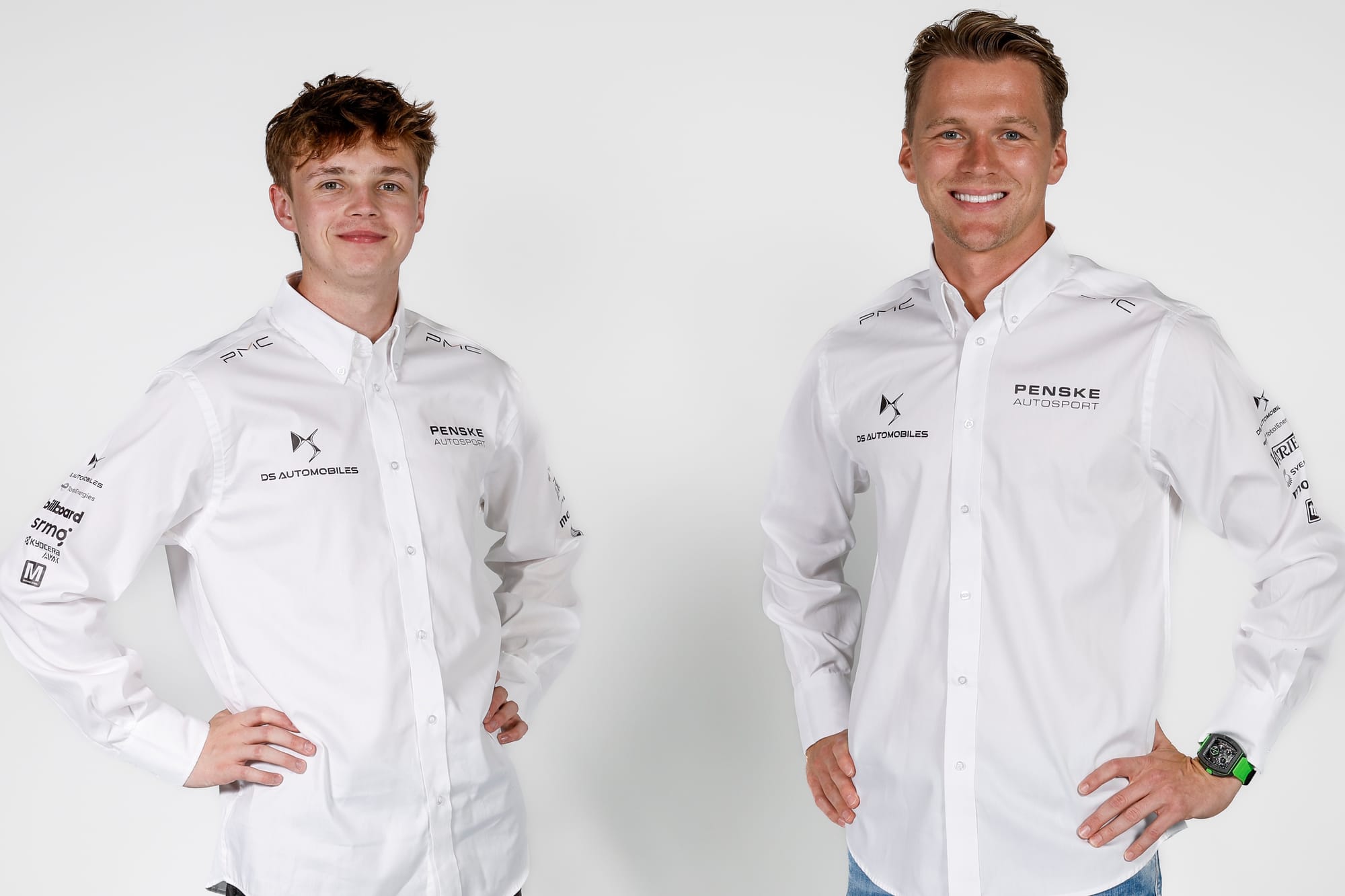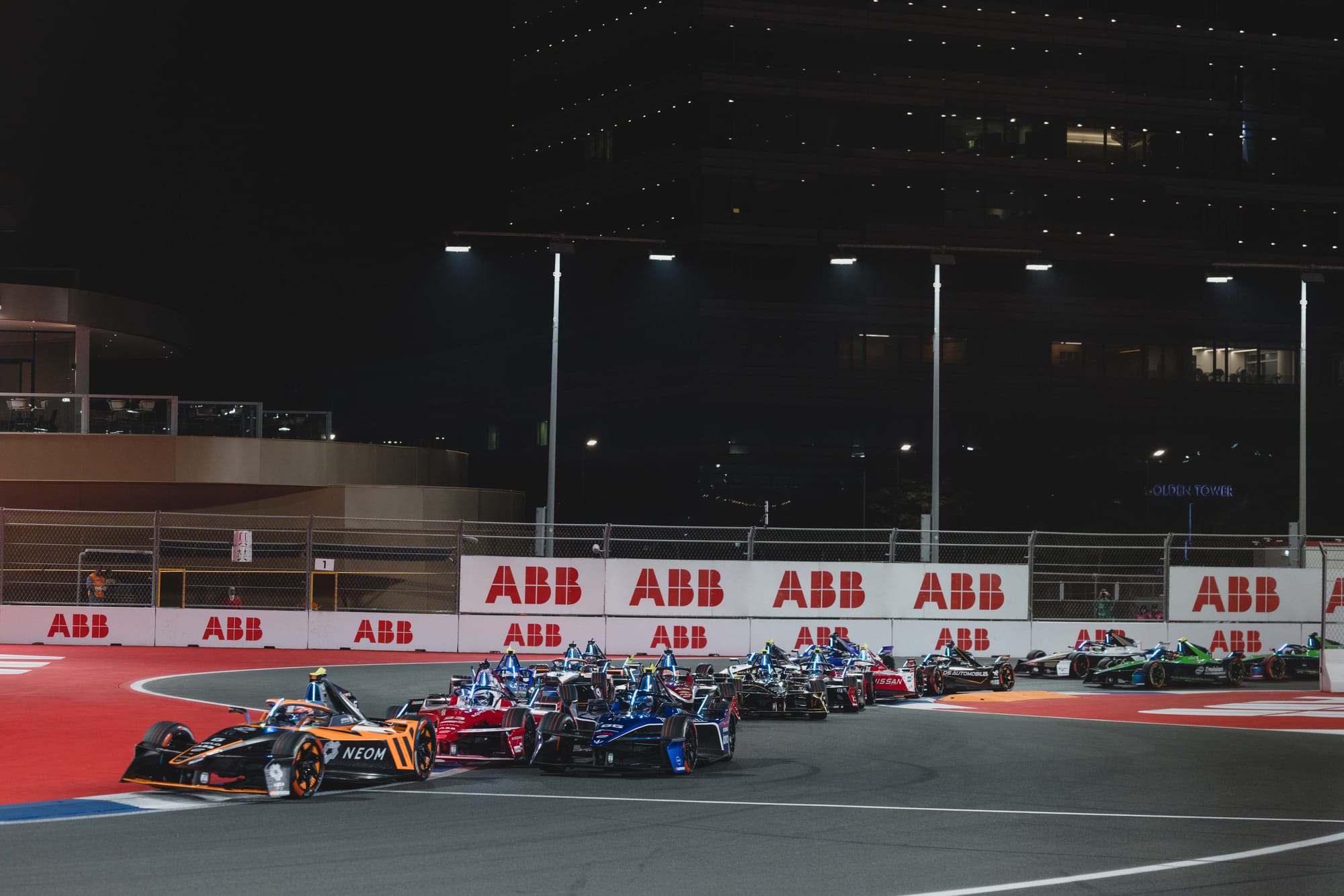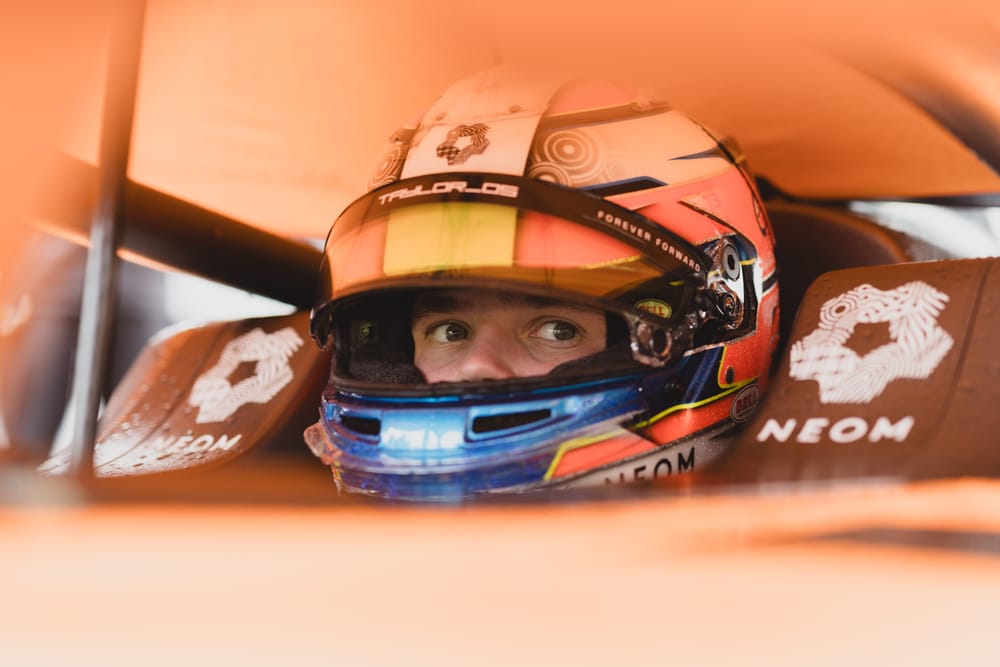Taylor Barnard will begin only his second full season in Formula E as a DS Penske driver later this year.
But it says everything about his enhanced standing in the series that all eyes will be on how he adapts to his new surroundings, even amid a wild silly season in which so many big names have changed employer.
Barnard has been Formula E's stand out, break out star over the last 12 months. His ascent from below the radar stand-in to established regular pole and podium achiever has been meteoric.
The 21-year-old's move from McLaren to DS Penske is more than just a big opportunity, big money and big news. It's also sizeable in its tentacles of reaching out towards what may be coming further down the line in Gen4.
Penske's plans for how it will be positioned in the next rules era are, like Barnard's signing which is expected to be made official this week, not yet publicly acknowledged. The high likelihood is that it will at some stage assemble its own powertrain, although whether this is for the start of Gen4 or halfway through it remains to be seen.
That uncertainty is a bit of a gamble for Barnard right now. Yet at the same time he's gone from very modestly paid rookie at McLaren to a well rewarded proven achiever now at DS Penske.
The new status will bring new challenges of course. Added pressure - definitely, an exceptional team-mate in Max Guenther - undeniably, and heightened expectation - absolutely.
It's often overlooked that drivers initially making their mark in elite racing have to back it up and avoid the difficult second album syndrome which can inevitably manifest itself.
But Barnard is confident that the last year has prepared him well for a move that will bring much more scrutiny, yet also opportunity.
"Being a rookie, I was very shy, a bit closed off, and a little bit new to this whole thing,' he told The Race as the season closed in London.
"When I look back at it, what people thought of me in Formula 3 and Formula 2 is not the driver that I am, and that's what I mean by the fact that I could turn some people's heads around on their opinion about me this season.
"I think I was able to do that pretty successfully, which has made me very happy. That was a personal goal of mine, so I can be very happy at the end of this year."

Barnard was sourced as Citroen MSG bound Jean-Eric Vergne's replacement relatively early, well before Porsche and Antonio Felix da Costa held some of the paddock hostage for months, and still are to an extent, with their own manoeuvrings.
Penske's de facto day to day leader Phil Charles was instrumental in getting Barnard. It wasn't just Barnard's pace and authoritative racecraft last season that peaked his interest. In reality, Charles had been watching Barnard many years before in karting, a discipline of racing that he studies and observes closely for new talent.
Karting and Formula E have closer links than most realise. The stalking and the strategies of racing combat have several similarities, particularly the ruthlessness and shadow boxing element of surprise that is needed in completing moves once a pack-race reaches a peak of bolting for the line.
Barnard's understanding of how to be effective in Formula E was picked up quickly. It was as rapid as his absorption into the engineering team at McLaren, and especially his proficiency in the simulator - as valuable a tool as you can get in Formula E.
His level of learning and retaining clarity of strategy and information in races too was exceptional. The compartmentalisation of his physical driving and his mental aptitude on thinking ahead were at a very high level.

Jeddah in February when he took his first pole and podium were evidence of this. Then, more experienced drivers such as Jean-Eric Vergne, Oliver Rowland and Jake Hughes took notice of his racing ruthlessness. It was marginal on occasion but it didn't pique the interest of the stewards. The perfect racing fist in velvet glove delivery to match the pleasant demeanour out of the car with the hard-as-nails reality in it. And what's quite intriguing is that he knows he's rattled some cages.
"I'm well aware of it but unfortunately we're here to do our job," he says.
"Whether that makes people happy or unhappy, I'm here to do our job.
"The opinions of other drivers to me when I'm here to do my job doesn't really matter that much. Of course, if I could get along with every driver on the grid, that's the most optimum situation, but that's not how it goes here.
"The racing is very tough, very aggressive, and that's what you need to do to be successful."
In reality these topics were the final pieces to the puzzle that Charles needed. When it was clear Barnard could be available via McLaren's exit, it was a no-brainer. The only surprise was that others weren't as quick on the trigger.
While Barnard will have challenges next season he will also have some parameters perhaps on his side too. It will be the final Gen3 season with a car and package well sorted.
DS' less-than-perfect reliability from last season will not be excused as much in this one, and there is also the fact that DS, which is expected to end its Formula E journey with this campaign, will want to do so on a high note. It wasn't quite with Porsche and Nissan last season on absolute race pace, but it wasn't too far away either and its powertrain took three wins, two with DS Penske and one with Maserati MSG.
The next goal for Barnard is resoundingly a win. Somehow, it feels inevitable with the momentum he has forged dressed in Papaya.
Now he's in black and gold, it will be the latter hue that he will aim to major on in 2026.



